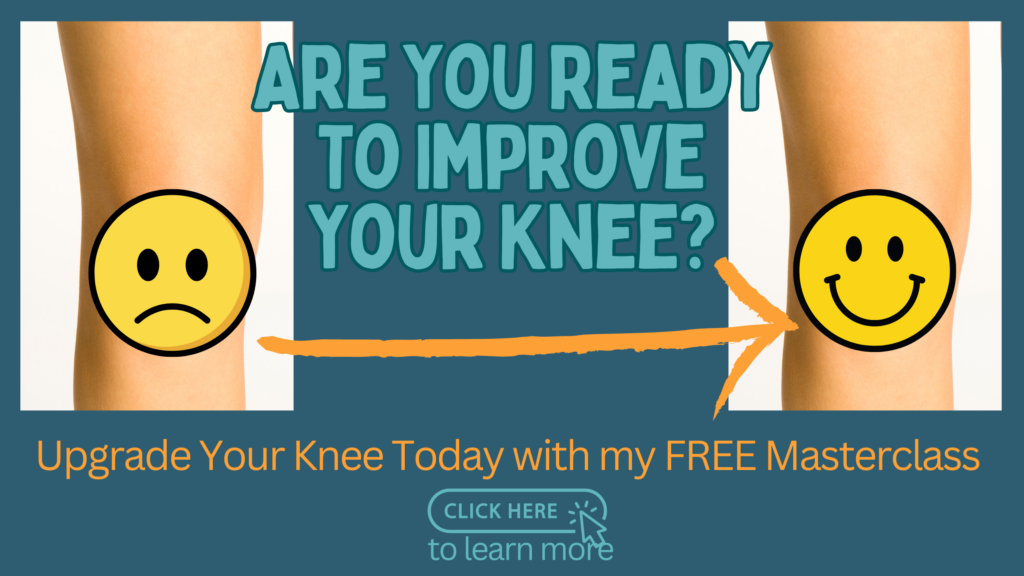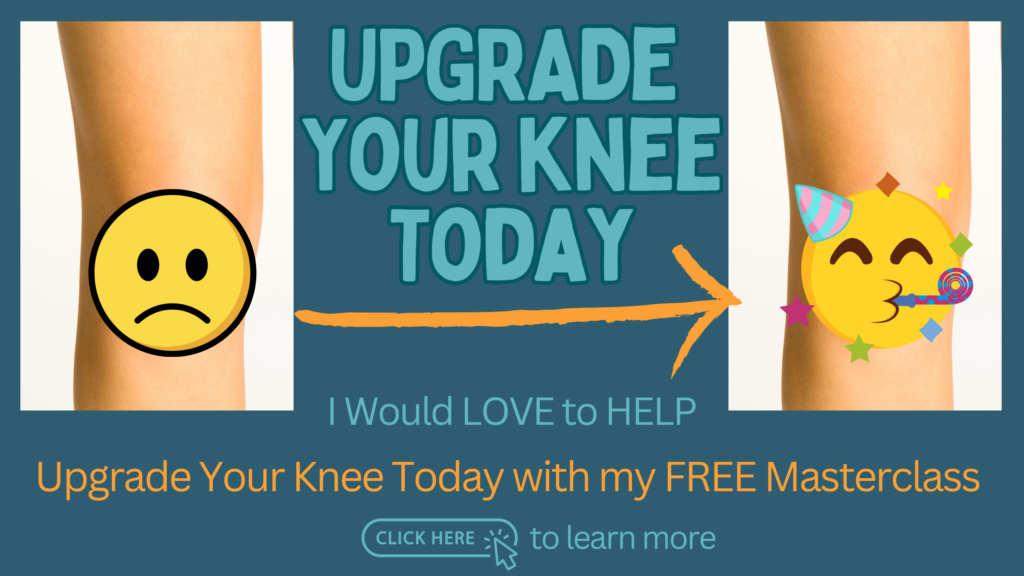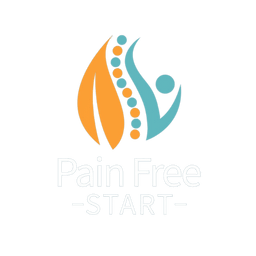If you’re living with arthritis in your knees, finding the right exercise that’s gentle yet effective can be challenging. One question I often get as a physiotherapist is, “Can I use a rowing machine with arthritic knees, and will it be good for my knees?” The answer is yes—with the right approach, rowing can be a great low-impact workout for people with knee arthritis. Here’s why and how to do it safely.
Understanding Arthritis and Exercise
Arthritis, especially osteoarthritis in the knees, causes pain, stiffness, and reduced mobility. However, staying active is crucial for managing symptoms and maintaining joint function. Low-impact exercises like rowing can help you stay fit without putting too much strain on your knees.
Benefits of Using a Rowing Machine for Arthritic Knees
- Low-Impact Exercise: Rowing is a non-weight-bearing exercise, meaning it doesn’t put excessive pressure on your knees. This makes it an excellent option for people with arthritis.
- Improves Joint Mobility: The rowing motion helps in maintaining and improving the range of motion in your knees, which can reduce stiffness and pain over time.
- Strengthens Muscles: Rowing engages multiple muscle groups, including the legs, core, and upper body. Strengthening the muscles around your knees can provide better support and reduce the stresses and strains on the joints.
- Cardiovascular Benefits: Rowing is a great cardiovascular workout that can improve your overall fitness and endurance without the high impact of activities like running or jumping.
Tips for Using a Rowing Machine with Arthritic Knees
- Warm-Up Thoroughly: Start with a gentle warm-up to prepare your joints and muscles. This can include light stretching or a short walk.
- Adjust the Machine Properly: Ensure the rowing machine is adjusted to fit your body. The foot straps should be secure, and the damper setting should be at a comfortable resistance.
- Focus on Form: Proper technique is crucial to avoid unnecessary strain on your knees. Keep your back straight, engage your core, and use your legs, back, and arms in a coordinated effort. Avoid locking your knees at the end of the stroke.
- Start Slow: Begin with short sessions and low resistance. Gradually increase the duration and intensity as your fitness level improves and as long as it remains comfortable for your knees.
- Listen to Your Body: Pay attention to any discomfort or pain. If you experience significant knee pain, stop and consult your physiotherapist. It’s important to differentiate between muscle fatigue and joint pain. It’s fine for your muscles to ache after exercises as this shows you are working them however if your actual knee is sore this is not good. Try doing less time and or resistance.
- Caution at the Ends of Range: Arthritic knees tend not to like being pushed hard into extreme positions. Initially avoid forcing your knees straight and into a deep flexion (bend). However, once your knees are happy you can start to go a little deeper, if your knees don’t complain then keep going this is beneficial but only if it’s not making things worse.

Rowing Machine Workout Routine for Beginners
Here’s a simple rowing workout routine to get you started:
- Warm-Up: 5 minutes of gentle rowing at a low resistance.
- Main Workout: Alternate between 1 minute of moderate rowing and 1 minute of slow rowing start at 5 minutes and build up slowly as able.
- Cool Down: 5 minutes of slow rowing followed by gentle stretching.
Targeted exercise for arthritic knees – a better approach.
Although rowing can be a good exercise if you have Arthritic knees for all the reasons discussed it is also very important to engage with targeted exercises as well as learn how to manage your knee. This will then improve your ability to engage in exercises such as rowing, cycling and walking. I can help you improve and strengthen your knee click here and find out more.
TOP TIP – Begin your strength journey with my FREE Arthritic Knee Masterclass, we learn how to exercise without irritating your knee, how to reduce pain and much more. Click to learn more and I hope to see you there.
Conclusion
Using a rowing machine can be a safe and effective way to stay active if you have arthritic knees. Its low-impact nature, combined with the benefits of improved joint mobility, muscle strengthening, and cardiovascular health, makes it an excellent choice. Remember not all arthritic knees are the same so if yours does not like rowing please respect this. However, if you start slowly, focus on proper form, and listen to your body most arthritic knees will be ok. Always consult your physiotherapist before starting any new exercise regimen to ensure it’s appropriate for your condition. Happy rowing!
Take care, Helen
Helen Manders BSc (Hons) MCSP HCPC
Chartered Physiotherapist Treating Arthritic Knees Since 2001




